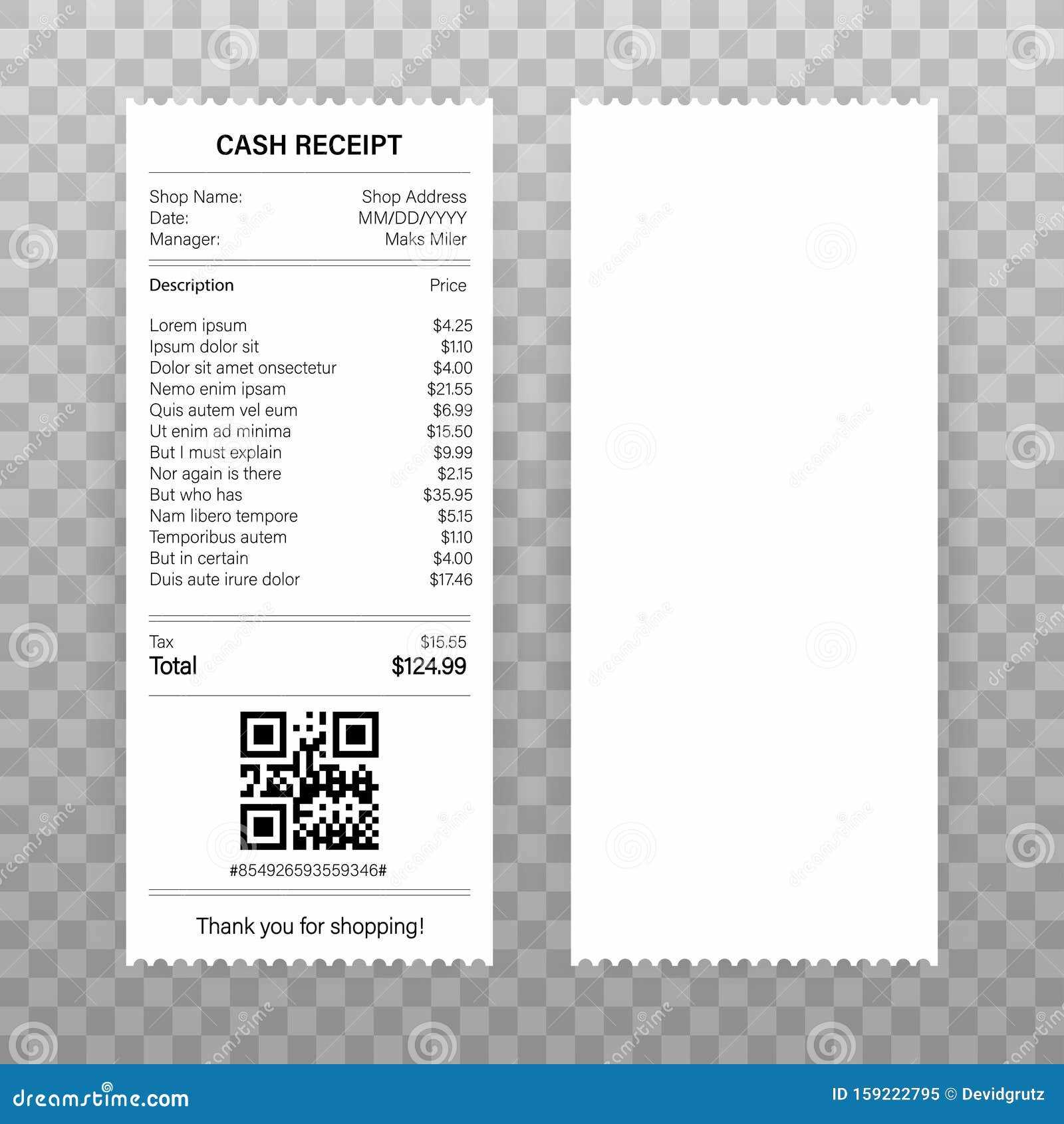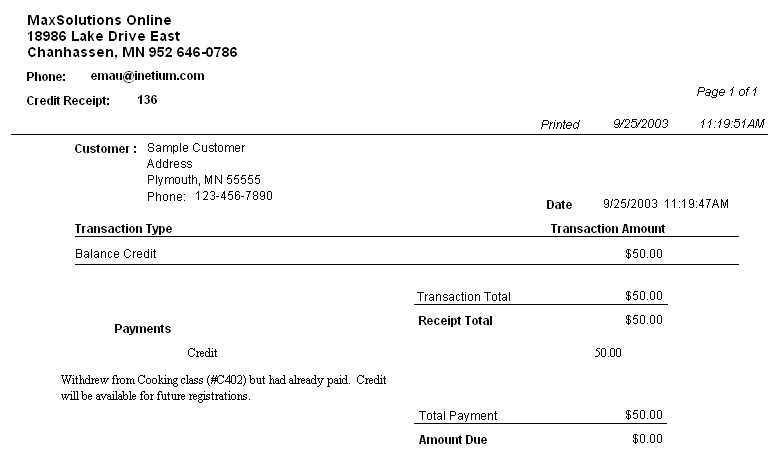
Key Elements of a Receipt

A well-structured receipt includes essential transaction details for both merchants and customers. The format should be clear, ensuring easy verification of purchases.
- Merchant Information: Business name, address, contact details.
- Transaction Details: Date, time, transaction ID, and authorization code.
- Card Information: Masked card number (last four digits), card type.
- Purchase Summary: Itemized list with prices, subtotal, taxes, total amount.
- Payment Confirmation: Approval status and signature (if required).
- Refund Policy: Brief statement on returns and refunds.
Simple Receipt Template

Here is a basic structure for a credit card transaction receipt:
---------------------------------------- BUSINESS NAME 123 Sample Street, City, State (555) 123-4567 ---------------------------------------- Date: MM/DD/YYYY Time: HH:MM AM/PM Transaction ID: XXXXXXXX Authorization Code: XXXXXXXX ---------------------------------------- Item Description Qty Price ---------------------------------------- Product A 1 $XX.XX Product B 2 $XX.XX ---------------------------------------- Subtotal: $XX.XX Tax (X%): $XX.XX Total: $XX.XX ---------------------------------------- Card Type: VISA/MC/AMEX Card Number: ** ** 1234 Approval: APPROVED ---------------------------------------- Thank you for your purchase!
Customizing Your Receipt

Adjust the template based on business needs. Include loyalty points, discount codes, or digital payment confirmations if applicable. Ensure compliance with local regulations on receipt formatting and data protection.
Credit Card Transaction Receipt Template
Key Elements of a Transaction Receipt
Formatting Requirements for Clear and Readable Documents
Legal and Compliance Considerations for Templates
Customization Options for Business Branding
Digital vs. Printed Versions: Pros and Cons
Common Errors in Design and How to Avoid Them
To create a clear and effective credit card transaction receipt template, ensure it includes the following key elements:
- Merchant Information: Name, address, and contact details.
- Transaction Details: Date, time, and amount of the transaction.
- Payment Method: Type of card used and the last four digits of the card number.
- Authorization Code: Unique transaction identifier.
- Tax Information: If applicable, include tax breakdown.
- Return/Refund Policy: Brief note on the return policy for customers.
For formatting, align the text clearly, use legible fonts, and keep key details prominently displayed. Ensure that all the necessary information is easy to find without overwhelming the customer. Group related information logically, with enough white space between sections for clarity.
Legal and compliance requirements may vary by region, but generally, receipts should meet the following standards:

- Provide full transparency on transaction details for customers.
- Adhere to data protection laws by masking card numbers and avoiding sensitive information.
- Ensure accuracy in tax and price information, reflecting current laws.
Customization options for businesses should allow branding to be consistent while maintaining the clarity of information. Businesses can add their logos, use brand colors, or even include promotional messages, as long as they don’t compromise the receipt’s legibility.
When choosing between digital and printed versions, consider the following:
- Digital Receipts: Reduce paper waste and offer convenience to customers. They can be emailed or stored in mobile apps, enhancing customer experience.
- Printed Receipts: Ensure customers get a tangible copy, suitable for those who prefer physical records or have limited access to digital tools.
Common errors in receipt design include overcrowding information, poor font choices, and leaving out essential details like return policies. To avoid these, stick to a simple layout, use clear fonts, and always proofread the content before printing or sending it.


